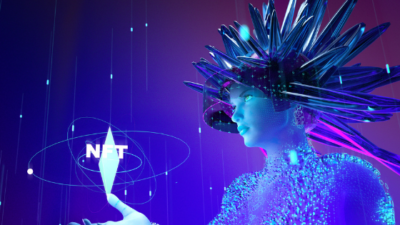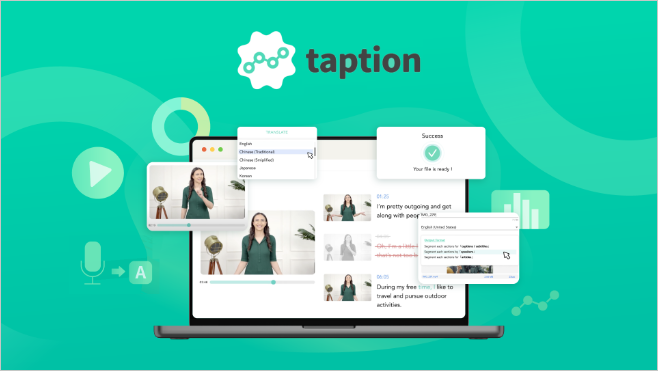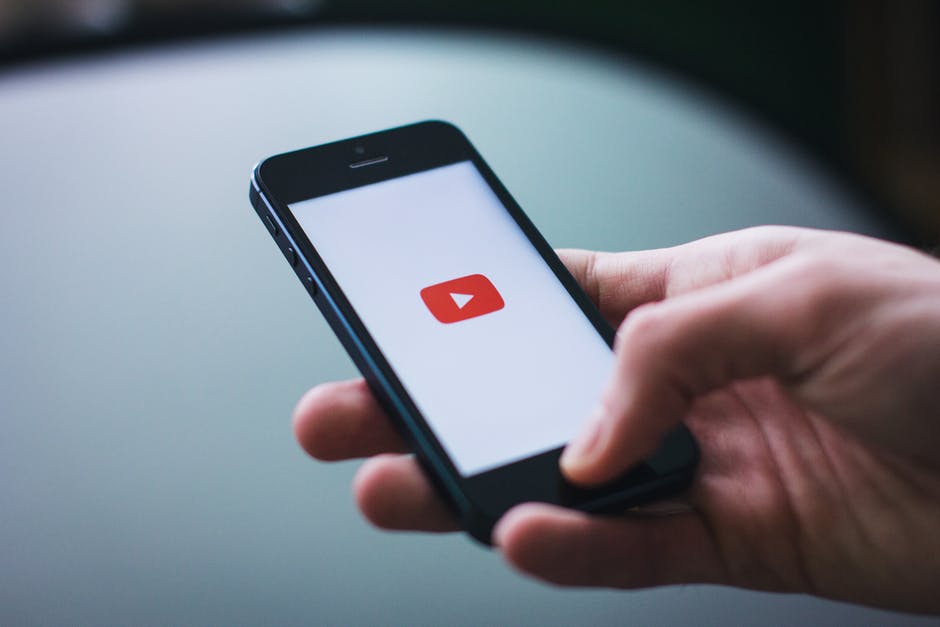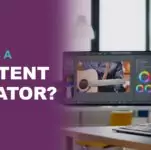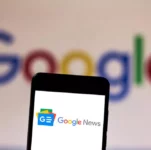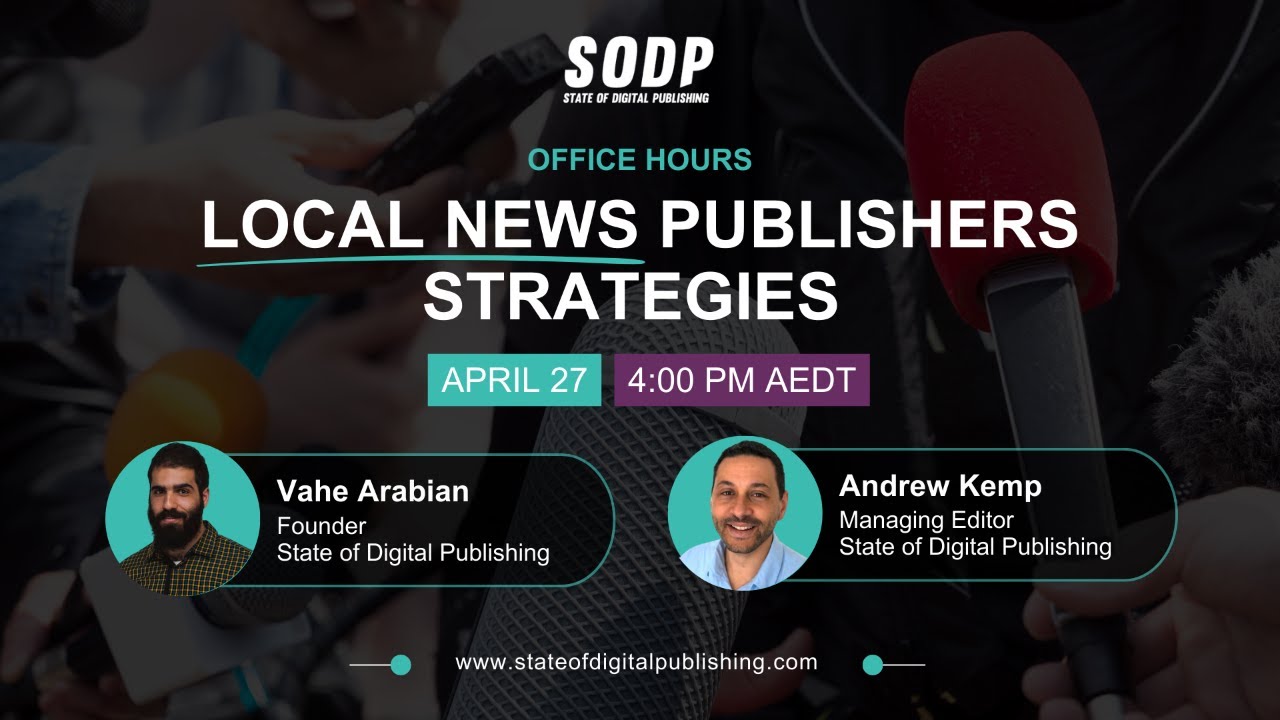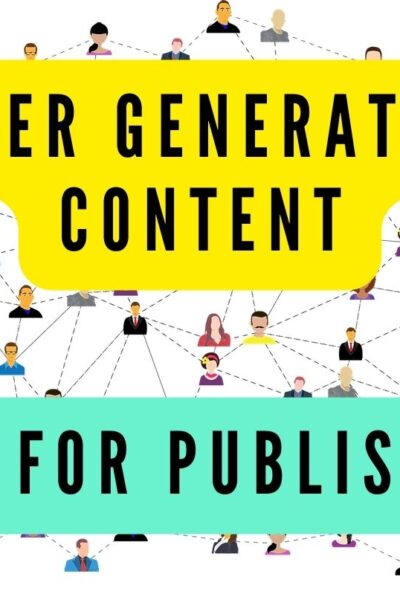The latest technology and cryptocurrency buzz is NFTs, or “non-fungible token.” Non-fungible means that it is not able to be traded or replaced with something else, typically of the same value. Unlike money, in which large bills can be replaced with smaller bills equaling the same value, NFT’s have unique properties — a string of code — that cannot be replaced.
Digital Work NFTs
Artwork is an example of a non-fungible asset, and NFTs are able to verify the ownership of a work of digital art. They are on a blockchain, which shows “ownership” of the digital artwork. One example is the artist Beeple, who recently sold an NFT of his work for $69 million, the third-highest price ever paid for an artwork by a living artist. NFTs have been exploding over the past couple of months and are predicted to be the way art is purchased and traded, with the value increasing exponentially as time goes on.
What does this mean for publishers? Well, if your work is sold as an NFT, you would be selling your work as if it was licensed, and you would own the copyright — therefore being able to resell multiple NFTs through the work. Melinda Crow talks about her article from 1993, which she never revised or rewrote, but sold multiple times and ultimately earned $30,000 from.
Publishers, artists, and musicians can earn money by embedding their rights to their work into NFTs, so they maintain copyright ownership and resell the same work. Creators’ work will increase in value as time goes on and the NFTs are sold. This would be easier for digital publishers and artists, who would take the work and have it programmed into a token.
The future with NFTs
Some artists, publishers, and NFT purchasers are skeptical of what is to come with NFTs, saying it could be forged, the way a deed or a title could be forged. NFTs are a “receipt” of purchasing the work, sold using a blockchain, cryptocurrency; but on that blockchain, you will see every transaction made on that NFT, making spotting a fake relatively easy.
Currently, it is very easy for the rights holders of the work to know if the work is being used by third-party companies. If creators want to prove the legality of the use of their work, they have to go through a process of sourcing emails, invoices, or contracts, which could be from several years prior.
NFTs hold promise as an excellent way to make money and retain rights of digital work. E-books could be resold, while the author is imprinted in the NFT, and would forever make 10% royalty on any sales from the work. Another take-off for NFTs would be a digital bookstore, with a concept similar to Amazon. Kindle is an example of what could be for digital publishing and NFTs. Although the Kindle invention wasn’t as successful as hoped, with the right execution and content, a digital bookstore could be the primary way articles and books can be purchased, and give artists a way to resell and continually make money off single pieces of work. It could change publishing forever.
Photographers can also benefit greatly from NFTs. The person who owns the NFT will be the legal owner of the work and has a unique token for every digital print. Photography is often shared illegally online by third-parties, leaving some photographers completely unaware. Once a digital print is sold on the blockchain, every transaction and share can be traced. But, it is to be noted that it might be a challenge to continually audit the transactions and usage from third-parties on the blockchain. Right now, 1.8 billion images are uploaded to the internet every day. And with 80% of the images, the third-party rights are infringed.
Conclusion
Digital articles and books might not grow in appreciation the same way digital artwork might, but embedding your work into NFTs could lead to a larger number sold down the line, than the original price the work was sold for the first time.
Content from our partners
NFTs offer a way creators can price their work from the beginning with what they deserve and think the work is worth. Then, over time, the creator makes a passive income for themselves that can last for decades.
Some publishers may wonder how their piece of work can sell over and over, and increase in value. The general consensus is to make sure you have quality content that targets a specific market, or a specific person or company, who has the means and the buyers for the specific type of work.



